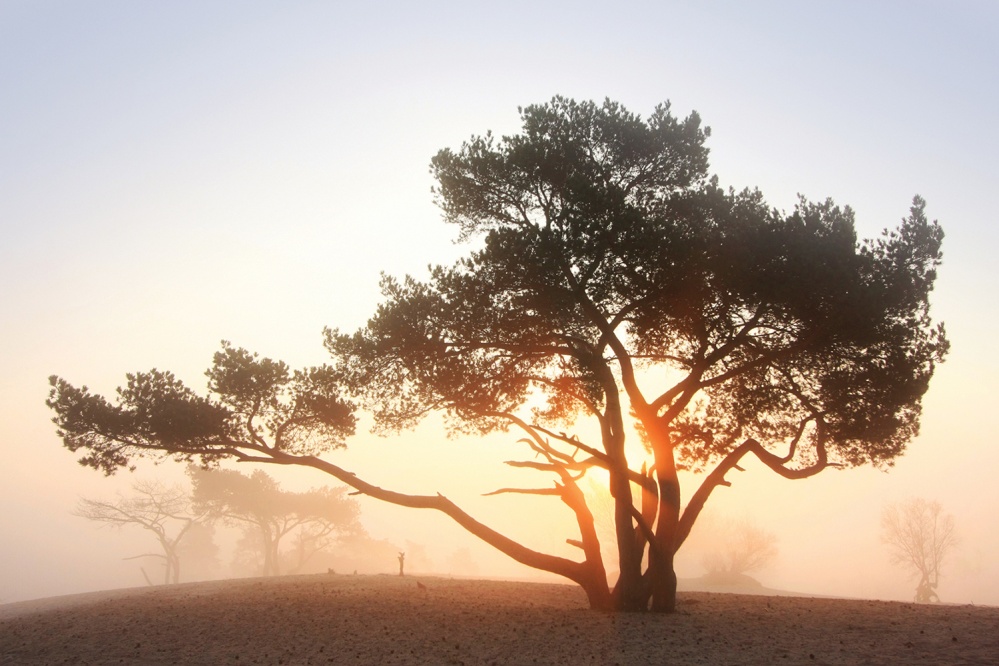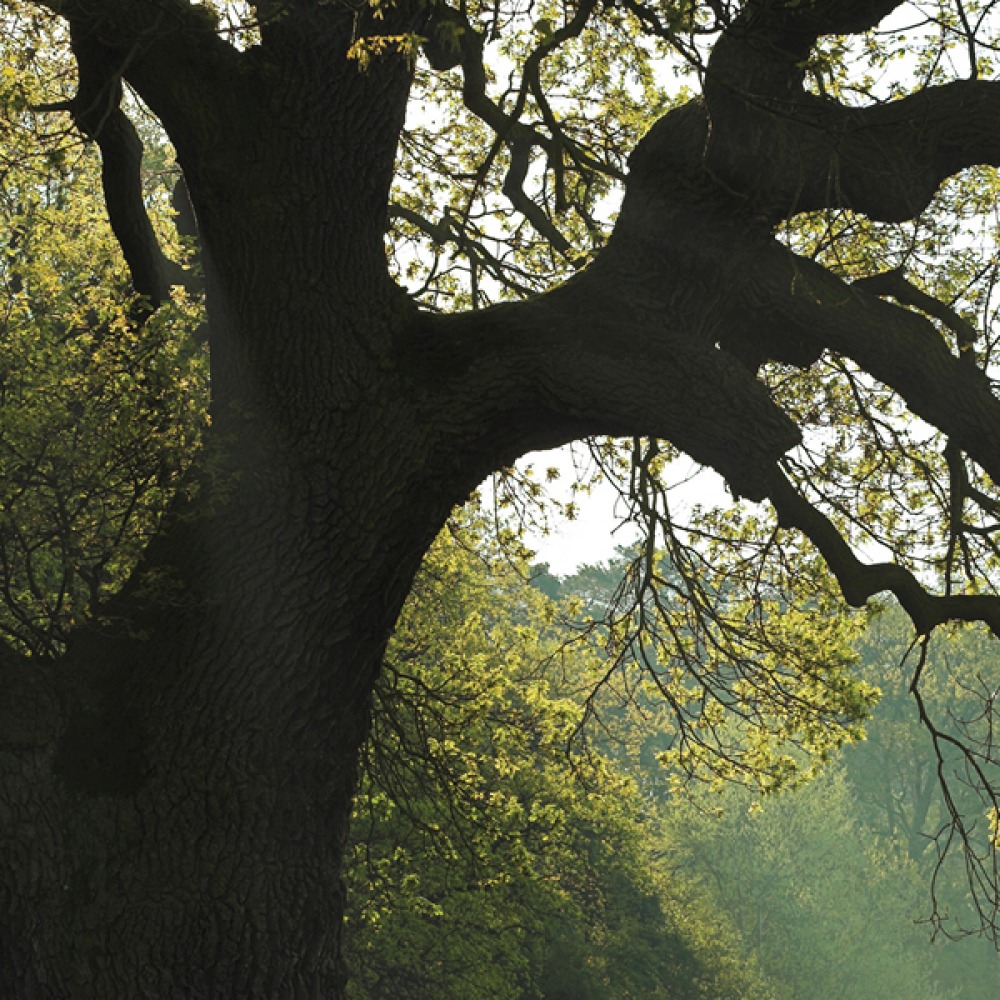Tree-Mendous

Trees play a significant role in our lives; working tirelessly to moderate our climate, remove carbon dioxide from the atmosphere and produce oxygen
They also lend themselves to our commercial need for furniture, fuel and paper. Whether gnarled and ancient or short and stocky, trees are an essential source of food and shelter for animals and plants. They inspire artists, poets and even lovers, carving their initials into rugged bark.
Christmas trees are a good example of how much trees are taken for granted in our culture. Thousands of trees are felled every year just to decorate our homes, with the coniferous Nordman Fir and Norway Spruce being the most popular choices. Inspired by the Scandinavian custom of decorating the house and trees at New Year to ward off the devil, many of us buy a real tree every year rather than an artificial one. Traditionally Christmas trees were not brought in and decorated until Christmas Eve, then removed after the twelfth night (5th of January). It was considered the height of bad luck to have a tree up before or after these dates, giving Christmas trees their rather short lifespan. Instead of discarding your tree at the end of the season, why not give back to the environment by recycling it? Local councils arrange special collections around early January; the tree is then shredded into chippings to be used locally in parks or woodland areas.
Trees can be divided into two main groups; broadleaves and conifers. Broadleaf trees, such as the mighty Oak, have flat, wide leaves, while the coniferous Pine has pin-like needles. Broadleaf trees are deciduous, meaning they lose their leaves in Autumn, while most conifers are referred to as evergreen and keep their leaves during winter. Trees are also subject to a number of laws that have been known to cause controversy. A tree or shrub automatically belonging to the landowner on which it grows, even if its branches or roots spread onto another property. The Theft Act 1968 made it a criminal offence to take wild flowers, fruit or foliage from any plant to sell for commercial gain, and any fallen leaves or fruit from a tree belong to the owner. If fallen leaves block a gutter for example, then the owner of the tree is liable for any damage caused. It is also illegal to cut or destroy any part of a tree beyond your property as this is regarded as trespassing. Tree roots are also a common problem and can cause substantial damage to buildings if they grow under the foundations, leading to costly repairs.


Trees are among the oldest living organisms in the world, and the Capon tree is thought to be the oldest surviving tree in the North. The tree was said to be a meeting place for border clans and used by monks as a shelter on their way to nearby Jedburgh Abbey. According to folklore it is thought to be over 1,000 years old. Measuring almost 10 metres in girth, the trunk has now split in two and is assisted in its old age by timber support beams. Despite its age and delicate nature, the Capon tree continues to grow.
Fighting for the title of the Oldest Tree in the world are two main competitors; Old Tjikko and Methuselah. Old Tjikko is a 9,550 year old Norway Spruce in Sweden. Old Tjikko is a clonal tree, meaning its root stock is estimated to be 9,550 years old, but its trunk and bark are only around 600 years of age. Stepping up to the challenge is rival Methuselah, a Bristlecone Pine in California thought to be around 4,845 years old. The tree is named after the biblical figure of Methuselah, who is said to have lived to the grand old age of 969. Methuselah grows in an undisclosed location to protect it from vandalism, especially after the controversy caused when the former record-holder ‘Prometheus’ was cut down in 1964 for a young graduate’s research purposes.
Due to their longevity and usefulness, trees have always been revered, and play an important role in history, mythology and religion. It was under a Yew tree at Runnymede that the medieval Magna Carta was signed, while Judas was said to have hung himself on an Elder tree.
Sign Up To Our Newsletter







